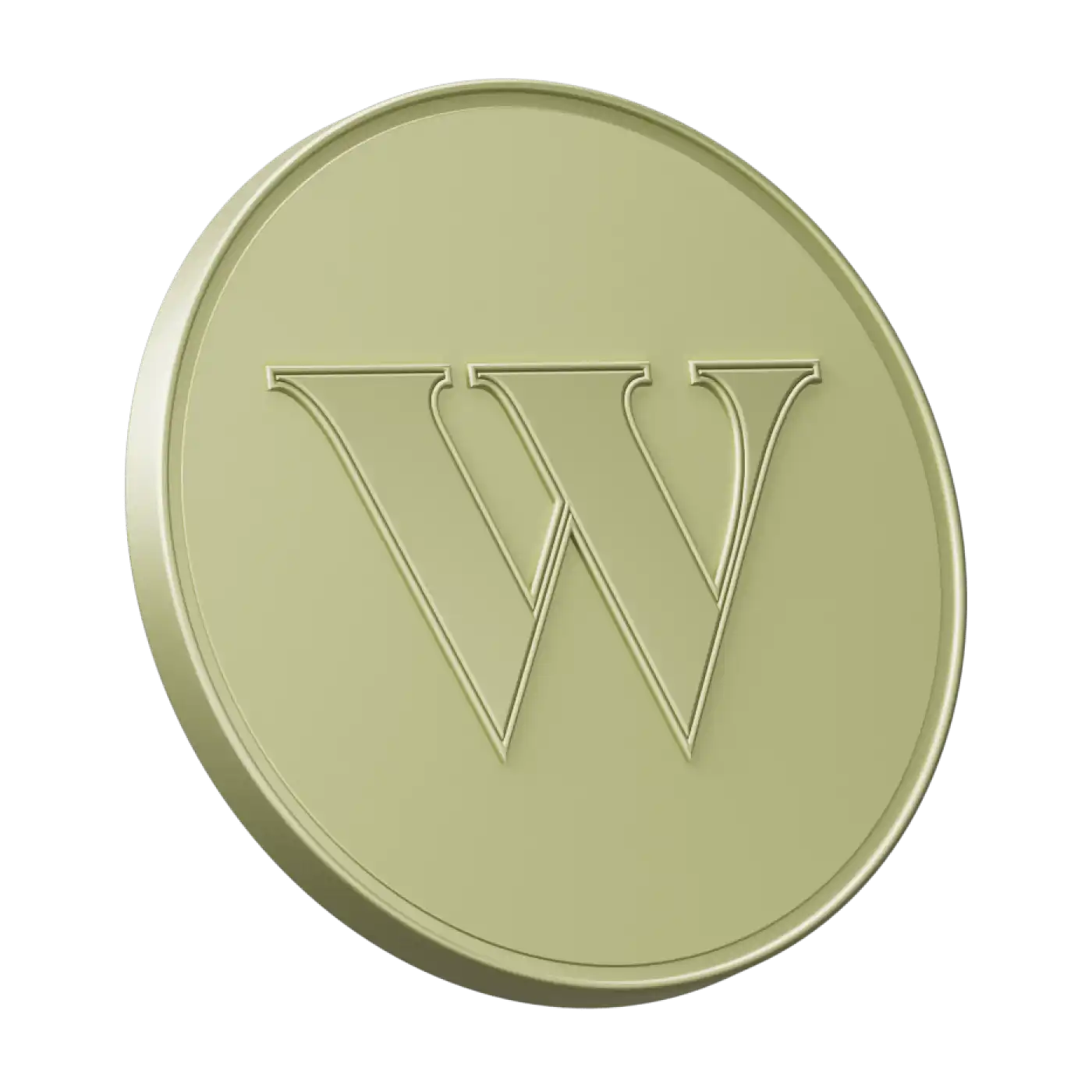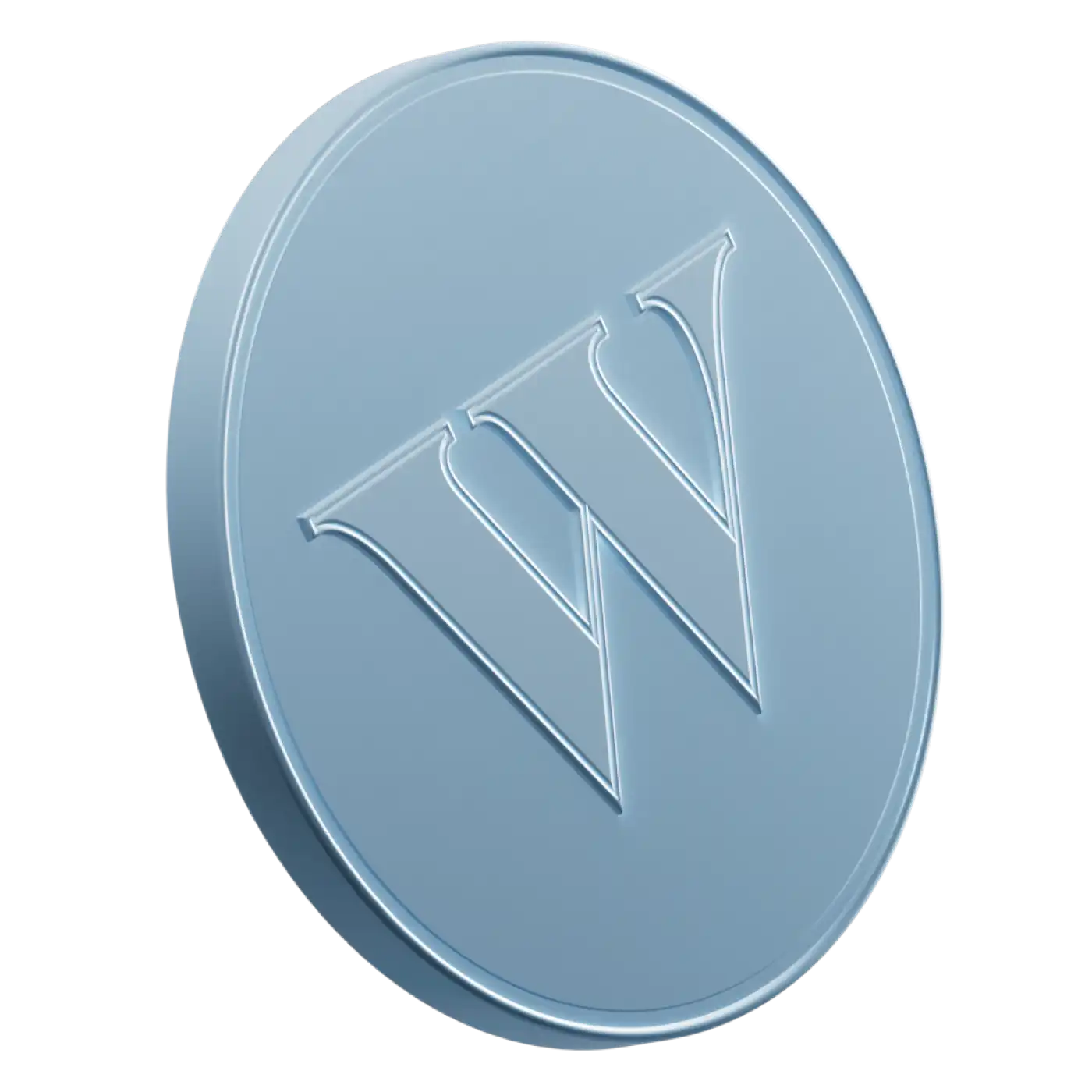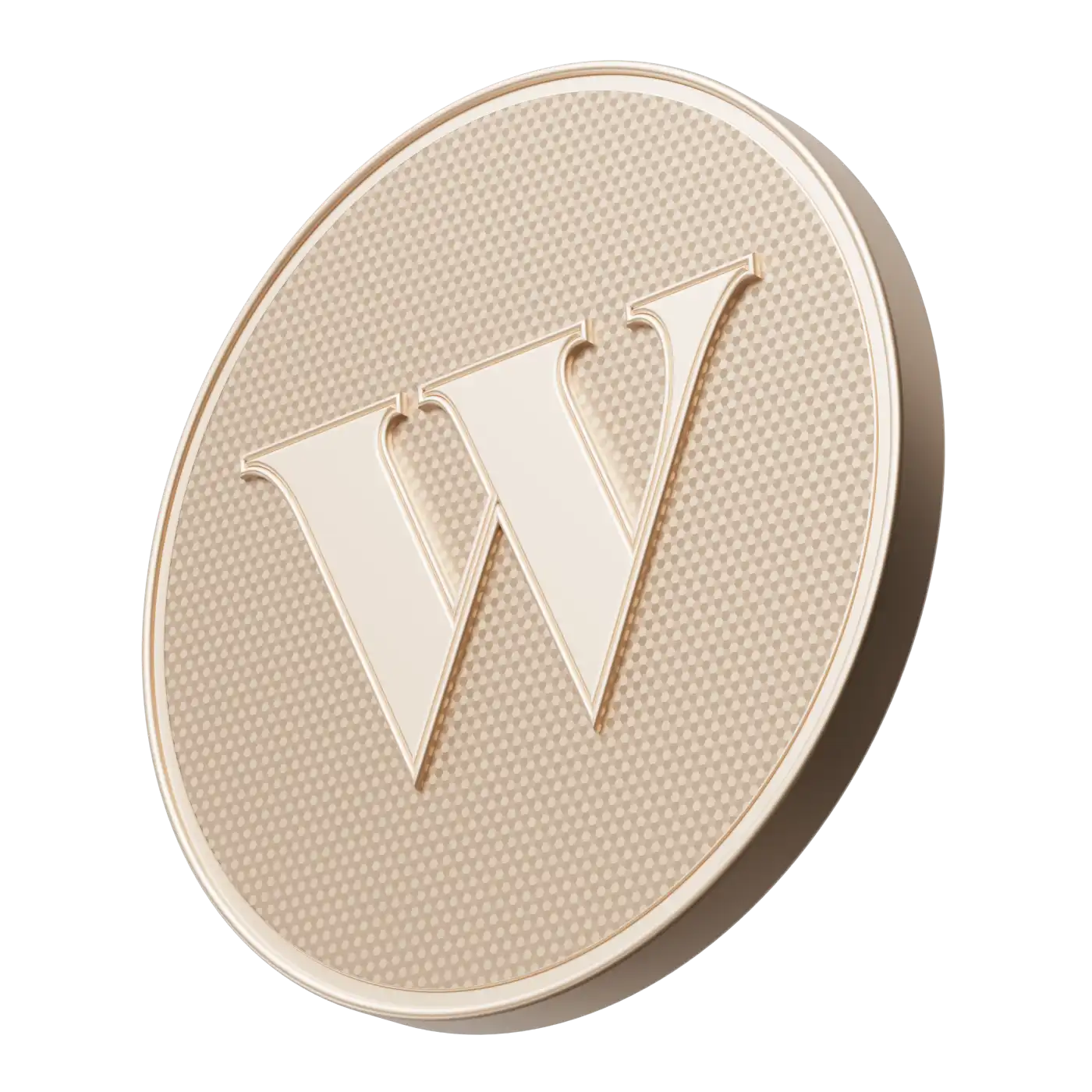If you were hoping to withdraw from your Registered Retirement Savings Plan (RRSP) without paying taxes, we have some bad news for you: that’s just not often a thing. The RRSP is a tax-free savings plan, meaning as long as the funds are in an RRSP, you won’t have to pay taxes…but pull them out, and you usually do. But don’t despair, because just by having an RRSP that you fund, it means you’re already saving on your taxes. How? Simply put, the taxes you’ll owe on your RRSP are based on your income at the time when you withdraw, since the amount you withdraw is counted as income and added to your other sources of income. That means the best tax benefits you can get from your RRSP are by paying into the account when your income is the highest, and withdrawing from it when your income is at its lowest (like during retirement). The tax benefit when your income is high is that every year you contribute to it, you reduce your taxable income by that amount, thus lowering your taxes. And when your income is low, getting taxed on your withdrawal shouldn’t bump up your taxes by much.
That said, there are a couple scenarios, namely buying a home or going back to school, where it may be smart to withdraw from your RRSP as a DIY loan that’s tax-free and interest-free. In both scenarios, you still need to pay the money back into your RRSP, but there is no interest or penalties charged during the payback period if you make your required repayments. If you discover that you can’t afford RRSP repayments or don’t want to put a dent in your retirement account, consider using money from a savings account instead, such as the Tax-Free Savings Account (TFSA). Since the money contributed to a TFSA was already taxed, money in a TFSA can be withdrawn with no tax consequences, and you can withdraw as much as you want for any reason.
What is the Home Buyers' Plan (HBP)?
The Home Buyers’ Plan (HBP) is a tax- and interest-free loan that qualifying homebuyers can take from their RRSP to buy a house. You can borrow up to $60,000 to use as a down payment. If you’re buying a home with your spouse, you can each withdraw $60,000 for a total of $120,000.
To be eligible, you must:
Have a written agreement confirming that you’re buying or building a home before you can access the money in your RRSP
Be the person using the home (or a relative with a disability)
Have never owned a home before, or not for four years. You must be at least four years removed from living in a home that you, your spouse, or common-law partner owned. If you bought a house in 2022 and sold it in early 2025, for example, you’d have to wait until 2030 to use the HBP
Repay the amount you borrowed before becoming eligible for another HBP withdrawal
Have the money in your RRSP account for at least 90 days before you can withdraw it under the HBP
Pay back the full amount you borrowed within 15 years, starting the second year after the HBP was completed. Payments will be evenly divided each year. If you borrowed $25,000, for instance, you’ll have to repay $1,666.67 annually for 15 years. If you fail to repay your HBP for the year ($1,666.67 in our example), then the outstanding balance will be added to your taxable income for the tax year.
What is the Lifelong Learning Plan (LLP)?
The Lifelong Learning Plan (LLP) provides a way for you to withdraw money from an RRSP tax-free for education expenses incurred by you, your spouse, or your common-law partner. One bummer: you can’t use the LLP to fund the education of your child or your partner’s child.
To be eligible, the education or training must be a full-time program lasting at least three months and require 10 hours of coursework a week, not including homework or travel time. Those who meet the disability conditions can participate in the LLP on a part-time basis. The program still needs to be a qualifying educational program that requires at least 10 hours or more of course work, however a student who meets the disability conditions can spend less time than that. You have four years from the first withdrawal date to make other withdrawals, unless the commencement of your repayment period has begun. If you take your first distribution in 2026, you have until 2030 to make your final withdrawal.
The total amount withdrawn is limited to $10,000 in a calendar year and $20,000 total. You and your spouse or common-law partner are both eligible to use an LLP at the same time without affecting either of your contribution limits.
Money withdrawn from an LLP must be repaid to the RRSP in 10 years or less, and payments must be made in even, yearly increments. If you pay more than necessary in one year, you could have a smaller payment the following year.
You can take advantage of the LLP several times, but you must repay the funds before you borrow from your RRSP again. You have 10 years to pay back the funds. How soon you have to start repaying depends on how long you remain a qualifying student after the first LLP withdrawal.
Contributions must remain in the RRSP for at least 90 days before you can withdraw them for an LLP.
Will I pay RRSP withdrawal fees if I have low or no income?
If your income in a certain tax year is low or you don’t have any income, you can receive RRSP withdrawals at lower tax rates or even tax-free (in that case, the RRSP withdrawal tax, which is charged at the time of withdrawal, would be refunded after filing your tax return).
For someone earning less than $177,882, the federal basic personal amount for 2025 is $16,129. If your RRSP withdrawal still leaves you with income below the basic personal amount, in the long run you won’t owe any taxes for withdrawing from your RRSP. In the short-term, when you make your withdrawal, your financial institution will withhold taxes on your behalf and remit them to the Canada Revenue Agency (CRA). Later, when you file your taxes, you’ll receive a tax refund because your income for the year (including how much you withdrew from your RRSP) was less than $16,129. In the future, as opposed to right now, you might be also be able to further reduce the taxes you pay on income if you’ll qualify for tax credits like the age amount, disability tax credit, higher medical expenses, or tuition; although, at higher tax brackets ($57,375 and up in 2025) they won’t usually eliminate your taxes entirely.
Similarly, your provincial tax amount will also be zero if you have no income from any other sources and RRSP withdrawals are below the provincial/territorial basic amount. For example, if you live in Ontario, you are also eligible to claim the basic personal amount of $12,747 for 2025. So, the RRSP withholding tax deducted from your RRSP withdrawal will be refunded upon filing taxes. Moreover, you might be eligible for federal and provincial/territorial tax credits and deductions that can increase your tax refund.
What if I can't replay my early RRSP withdrawal?
If you can’t afford to repay the RRSP, things start to get complicated. Let’s say you borrowed $10,000 from your RRSP for an LLP. When it’s time to begin repayments, you’ll have to repay $1,000 a year for 10 years. If you can only afford to pay $750 in a given year, the government will add the $250 difference as income on your taxes.
Before borrowing money from your RRSP, run your budget and see if you can afford the annual repayments. If possible, do a test run of putting aside that money every month to see whether or not it’s feasible.
Before withdrawing from your RRSP under the HBP or LLP, consider the consequences of doing so. You might have to forego retirement earnings, which could affect when you retire. You’ll also be signing up for one more loan (albeit an interest free loan). Make sure to run the numbers carefully so you know what you’re signing up for.


